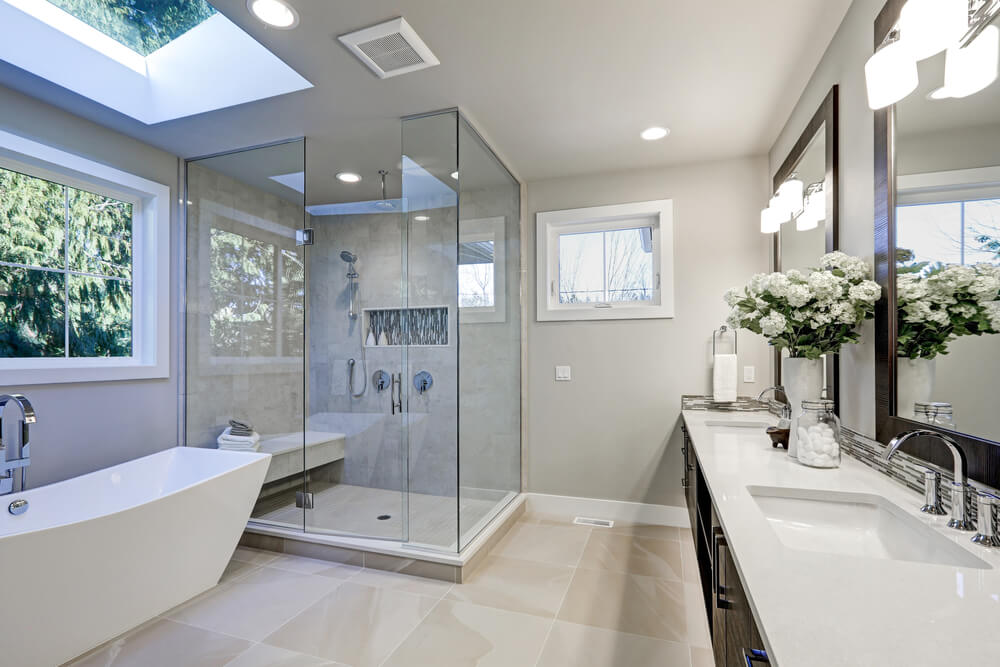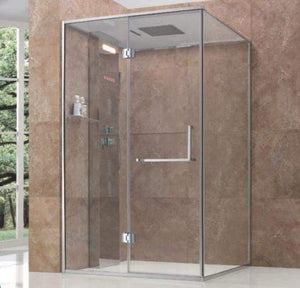In this article below you can discover lots of wonderful data related to How to Install a Freestand.

A successful shower installment calls for mindful planning as well as a great deal of job. Most of the times, you will require to do 3 types of tasks: mounting wall surfaces, setting up the plumbing, as well as completing wall surfaces.
Different Kinds Of Shower Units
A Lot Of Usual Blunders
Prep work.
First of all, you must decide on the sort of shower that you desire to install. It is important to identify whether the selected shower is capable of dealing with particular systems as well as can manage a safe level of water via the boiler. A lot of shower systems nowadays are created to be flexible to different water stress (such as kept warm water as well as cool mains).
It is likewise vital to take into account the water stress and the planning of the piping as well as drainage for the shower.
Method.
Depending upon the sort of shower you desire to install, the shower head should either be fitted in order to prevent its contact with the water in the bathroom listed below or the base tray, or it should have a check valve.
Prior to beginning, it is recommended to mark the settings of the shower head and control, as well as to prepare the pipe-work included. Furthermore, the drainage system to remove the drainage will certainly need to be intended. Both placements of the cord route as well as the shower button will certainly likewise require to be thought about if a rapid or electric shower device is being set up.
Use the guideline guide supplied with the shower unit to fit the shower control.Before fitting the pipes that will supply the water to the shower system, it is essential to remove the water. In order to shield the pipelines, they ought to be offered a water-proof covering and likewise fitted with separating valves. The pipes can then be hidden right into the wall and also glued over to neaten the total appearance.
Fit the base tray, shower head, and also fittings.
Link the major shower control to the pipelines that will be supplying the water (This may require a female screw string adapter).
Reconnect the water supply and also test the pipes for any type of leaks, as some might require firm.
If you are setting up an electric shower, keep in mind to turn off the electrical energy supply prior to making any type of electric links. Once these connections have actually been made (there ought to be assistance within the user's manual), the power supply can be changed back on.
Changing Water Pressure to Match Your Shower.
The cold water tank can be lifted to a higher height (occasionally as low as 150mm (6inches)) by installation a strong wooden support below it - potentially composed of struts and also blockboards. If you pick this choice, the primary and distribution pipelines will likewise need to be raised to satisfy the brand-new height of the tank.
Conversely, a booster pump (a single pump or a dual/twin pump) can be fitted. Whichever type is selected, it has to be connected right into the power supply in order to operate.
Piping as well as Drain.
It is best to make use of 15mm diameter supply pipelines, and also make the runs to the shower as brief and also straight as possible so regarding maintain maximum stress and reduce warm loss. Furthermore, by minimising making use of elbows for pipe edges, you can reduce the resistance in the flow of the water system. You can attain this by flexing the pipes instead.
How Do You Install a Shower? Follow This Guide
Installing a Shower at a Glance
Tools & Materials: Level, electric drill, caulk, hole saw, cedar shims, shower unit Step 1: Drill pilot holes Step 2: Prep fixture holes Step 3: Move unit into place Step 4: Caulk corners and base Step 5: Attach door Step 6: Install shower pan Whenever plumbing is involved in a DIY project, people worry about what might go wrong. The truth is that installing a shower isn’t that complicated, and you can save a lot of money by doing it yourself. You shouldn’t need to make any alterations to your plumbing to complete the job, and most of the tools you need will be provided in your new shower kit.
Can I Install a Shower Myself?
Even if you’ve never installed a shower before, you’ll find this to be a project that is perfectly suited for DIYers with a moderate level of experience. Whether you're doing a bathtub conversion or installing a new stall, most of what you need comes in shower kits that you can purchase from a hardware store. The first thing you need to do is determine what type of shower stall you want.
Single-panel stalls are the easiest to install because they come preassembled. All you need to do is put them in place. Multi-panel showers require a few additional steps, but you’ve got more control over the appearance of your unit. Multi-panel units are also much easier to handle if you’re going to do the installation without any help.
Be sure to take all appropriate safety precautions, such as wearing eye protection and gloves. When you’re removing or installing a shower unit, you might kick up debris that could hurt your eyes. You’ll also need to work with equipment that will get extremely hot, so be sure to have safety gloves handy.
Tools and Materials
2- to 4-foot level Electric drill with a 1/8-inch drill bit Caulk 2-inch hole saw Cedar shims The unit itself Before You Begin: Prep the Space
It’s highly important to measure your space accurately before putting the stall in. Measuring from the floor upward and from each corner outward will ensure you’ve got the right measurements. What you’re looking for is where the plumbing apparatuses are going to come through the stall. Transfer these measurements over to the back of your unit by drawing the locations of these holes using a pencil or marker.
Pull out your old shower and make sure to scrape off all the old caulking. Be thorough because you want to work with smooth surfaces for the best installation. Once you’ve pulled out your existing shower, you need to make sure that the floor is clean and dry. The best way to clean debris is with a shop vacuum, as it’ll soak up water and dirt together.
If you’re experiencing any plumbing issues, such as low water pressure, this is a perfect opportunity to solve them. Make sure that the pipes themselves are not in need of patching and clean your showerhead. When you turn the water back on after your project, check the pipes for signs of wear or disrepair. Anything beyond minor repairs should be handled by a plumber, and this is the best time to bring in a professional.
If the floor has any moisture at all, don’t proceed until it’s completely dry. The last thing you need is for the floor to rot or invite mold and mildew into your base. Once everything is dry, apply waterproof wallboard to the walls. This can be attached with screws or nails, then sealed with caulk so that water doesn’t seep into any crevices.

Do you enjoy reading up on Simple ways to Install a Shower Cubicle on Your Own? Create feedback down below. We'd be interested to see your opinion about this write up. In hopes to see you back again later on. Sharing is nice. You never know, you will be doing someone a favor. Thanks a lot for your time. Come back soon.
Call
 Alicia Silverstone Then & Now!
Alicia Silverstone Then & Now! Melissa Joan Hart Then & Now!
Melissa Joan Hart Then & Now! Burke Ramsey Then & Now!
Burke Ramsey Then & Now! Justine Bateman Then & Now!
Justine Bateman Then & Now! Bernadette Peters Then & Now!
Bernadette Peters Then & Now!